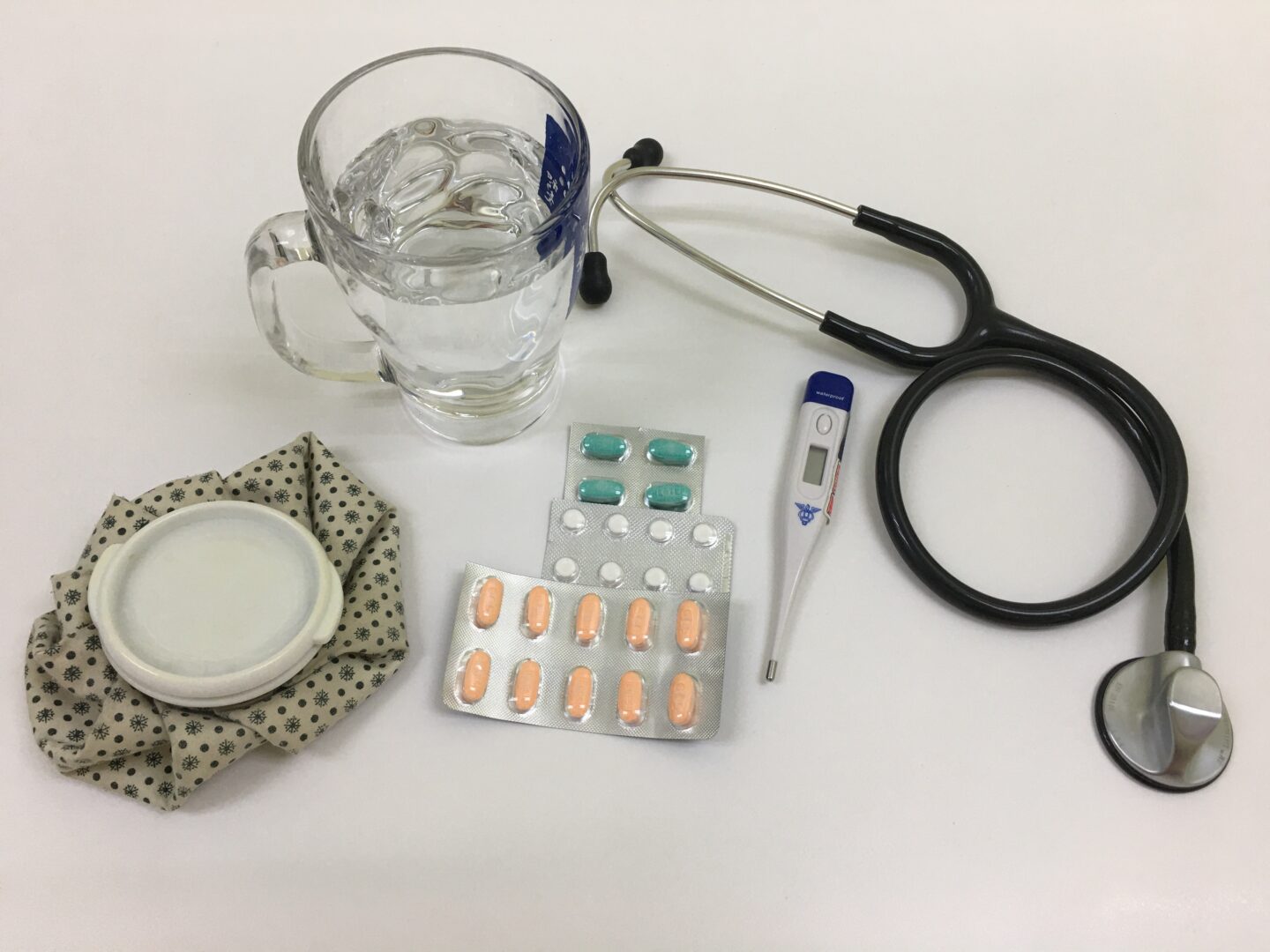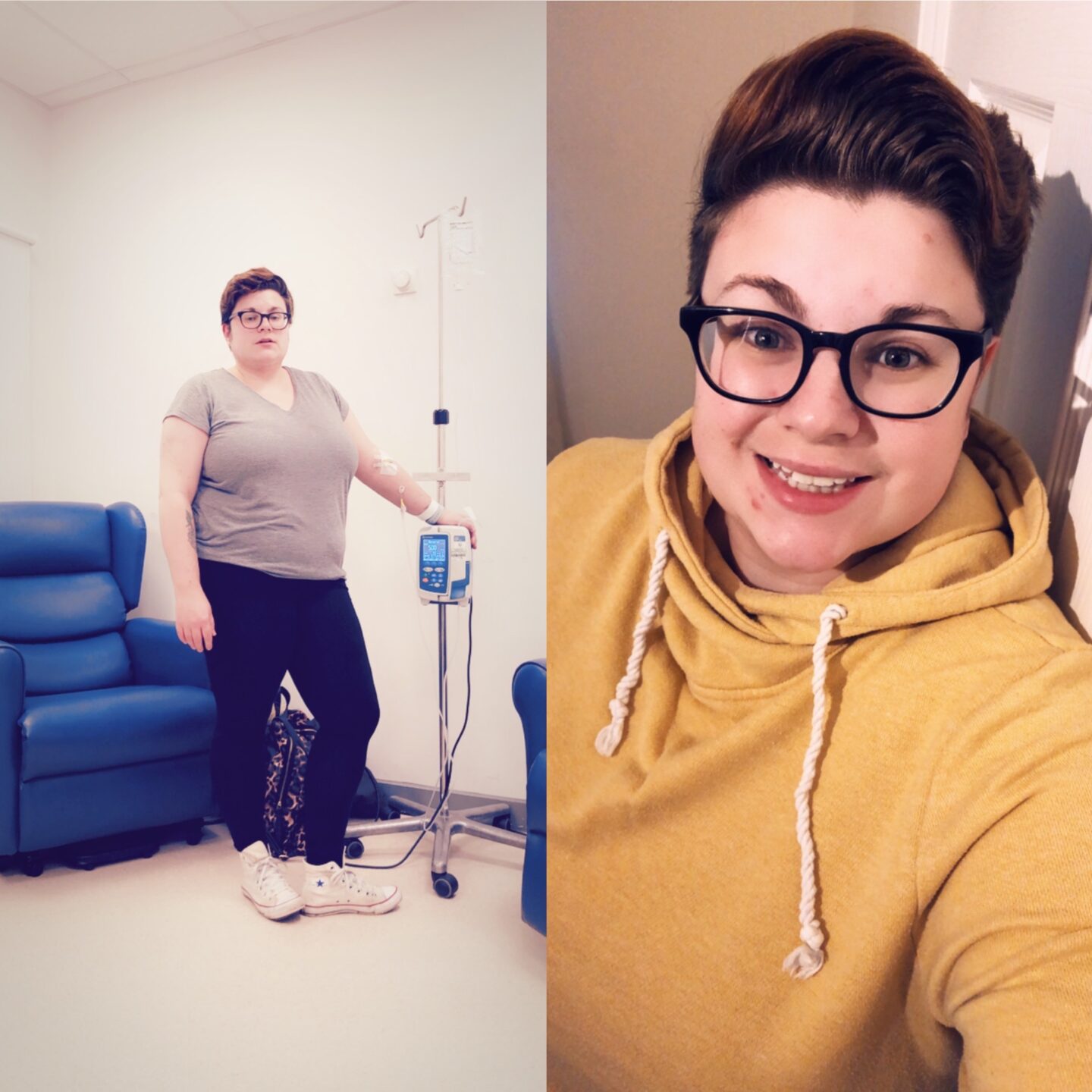
Misconceptions about Living with a Chronic Illness
“When they said chronic I didn’t think. They meant every single damn day.”
Chronic and invisible. Double whammy.
Despite there being so much information out there about the basics of IBD, we as patients still experience misconceptions and misinformation throughout our patient journey. We need to do so much more to break down the barriers, stereotypes and general misconceptions about how we are perceived, living with a chronic illness.
Below are twelve things I think are quite big misunderstandings about living with the general term ‘chronic illness’.

Misconception 1: The way a person looks reflects how he or she is feeling physically.
Quite a lot of chronic illnesses are also invisible. This means most of to almost all of the time, our conditions don’t see the public eye. We also deal with a lot of our symptoms and issues behind closed doors – but we are getting better at talking about them more openly and in a community space – masking pain, fatigue, discomfort and nausea when we are out and about. We might choose to apply makeup, wear new clothes, and do our hair – a sometimes rare occurrence! – but that does not mean we are healthy and well. We hide our conditions well, at times.
Misconception 2. If people’s mental state (ie stress) makes them feel worse physically, then their chronic illness cannot possibly be physically based.
For the most part, most chronic illnesses have a brain/gut connection or axis. This means that emotional or mental states can affect the gut or digestive system, and vice versa. There has been much research done on the link between how the gut behaves to stress, but that does not account for just how stressful having a chronic illness can be – it impact goes beyond the body, into the financial aspects, employment, insurance and health access, reproduction and relationships.
Misconception 3: If chronically ill people are enjoying themselves, they must feel okay.
Chronically ill folks can still have fun! We choose – at times – to push/force ourselves out to do the things we enjoy or to experience something more than just health issues. When we are seen outside, we, of course, must be well or faking being so ill. There is no exclusivity between being sick and being able to enjoy yourself. We can do both.

Misconception 4: Stress reduction techniques, such as mindfulness meditation, are a cure for chronic illnesses.
Yes, stress reduction techniques have great benefits, but they are not a cure for chronic illnesses. For almost all chronic illnesses, there are no cures; there are treatment plans. These techniques can be used alongside treatments but they aren’t recommended to use alone.
Misconception 5. People with chronic illnesses are “lucky” they get to relax so much.
There is nothing relaxing about being at home, sick. There is nothing great about being unemployed or being on sick leave either. We honestly don’t want to be at home so much, not working, not being able to do the things we enjoy or are passionate about. We want to contribute and have a purpose. We want more than just our illness, and it’s selfish, short-sighted and frustrating when we are called out for ‘being at home so much, you are lucky‘.
Misconception 6. All chronic illness is preventable.
Chronic illnesses can be autoimmune or mitochondrial – which means they do not have a cause. They can not be prevented. There is a mutation or kink in the genetics of your DNA that gives rise to some conditions. A triggering event usually sets off an autoimmune condition but they can be present from birth, or later on in life. There is no predisposition to having an illness in this grouping either. Some have patterns but others don’t.
Misconception 7. It’s just an exaggeration to get sympathy/attention, we are attention seekers/hypochondriacs
I’m sure I can speak for quite a lot of people here when I say we really are not exaggerating our illnesses in general or our symptoms. Each person’s journey with a chronic illness can be very different and is highly individualised when it comes to what treatments they respond to. We do not seek attention from the general public. We seek better attention from those who can help us – consultants, doctors, emergency staff, nurses, receptionists – so we can access healthcare when we need it.
We become very in tune with our own bodies and know a degree of first-hand knowledge that quite a few doctors do not. Our lived patient experience is one that is essentially very valuable to our own care and treatment plans.

Misconception 8. We never know or understand what is going on in our bodies.
We know a lot of what is going on inside our bodies. For one, we feel it. It is real, to us, very real, the symptoms we experience and what that means for us on not only a daily basis but also long term too. As we continue to live with our illnesses, we gather more personal information which helps not only us as patients live day-to-day but help us inform our medical and surgical teams of actions that might be required for us. We learn as we go, a quite lovely positive of living with a chronic illness – becoming an expert in your own disease.
Misconception 9. We don’t want to work.
Nothing could be further from the truth. For all of the chronically ill friends I have and those others that I know, we work as hard as anyone else. If anything, we work harder, because we have to go beyond to prove ourselves to employers (some, not all). Being off work gives you a different perspective when you’re off sick or long term sickness. And it’s such a wonderful piece of normality to return to work, just like everyone else.
Misconception 10. We don’t look like we are in pain.
We hide our pain well. We also deal with different types and levels of pain, some of which we can accommodate and ‘live with’ (or learn to live with) and others that we can’t. We take regular medications to help with symptoms and one of those could be chronic pain. Either from disease progression, fall out from a secondary issue, or surgery; there are a lot of reasons for pain relief and why we might hide it. No one wants to be that person who is always in pain, and honesty, it becomes draining to talk about it. Sometimes, you might just want to get on with things and ignore it or push through it.

Misconception 11. Chronic illness affects everyone the same
No two patients with the same illness will experience the same things. They will have things in common but they do not experience them the same.
Misconception 12. Chronic illness is always visible
Not always. Devices can be hidden, surgery is performed inside, we administer medications, cover up with clothes, change our appearance; and most importantly, we decide what we want to show off our chronic illness. To call someone out for ‘not showing it enough’ therefore it mustn’t be real, is beyond disbelief, but we do have this happen to us.
The invisibility of a chronic illness can be a gift and a curse. But the choice is yours. You choose how to live your life with a chronic illness.
Until next time,

Do you have any questions or queries? Or just want to share your own experiences? You can leave me a reply here or leave comments via my social media accounts – on Twitter, find my blog page on Facebook and over on Instagram
If you enjoyed this post check out World IBD Day – Debunking IBD Myths, Crohn’s Colitis Awareness Week: Misconceptions and Debunking Stoma Myths
Sources:
Six Common Misconceptions about the Chronically Ill – Toni Bernhard J.D. Psychology Today
15 Common Misconceptions about Chronic Illness – Jen Coltrin, The Mighty
7 Common Misconceptions about People with Chronic Illness, Samantha Bowick, The Mighty
Misconceptions About Chronic Illness, Briana Livelsberger, Necessary Behavior



